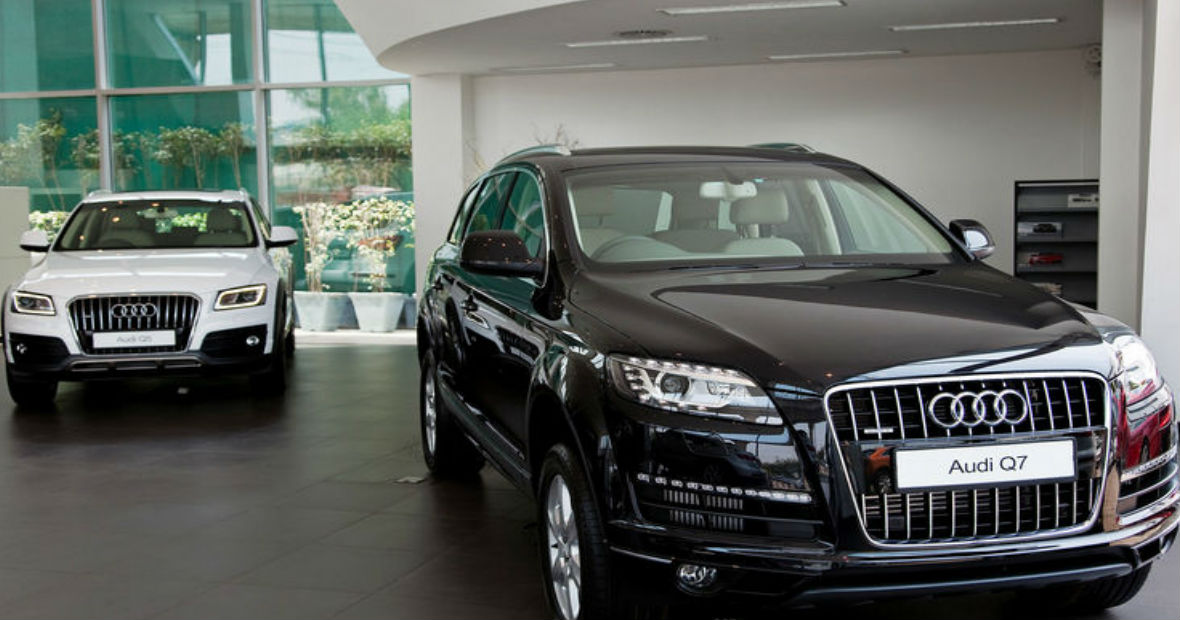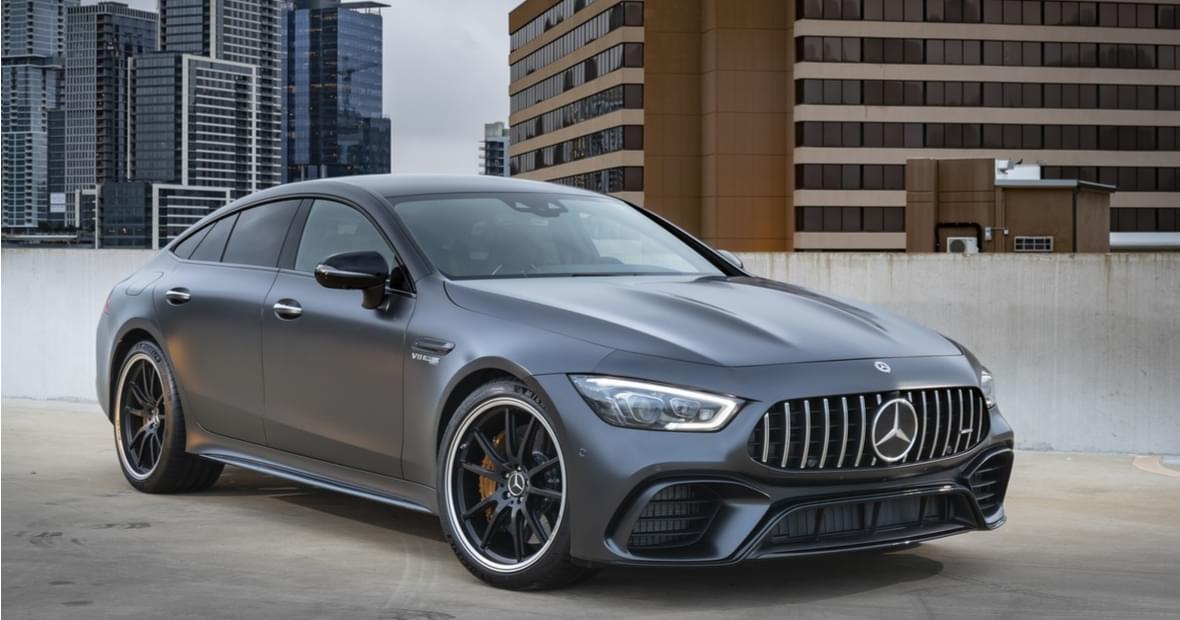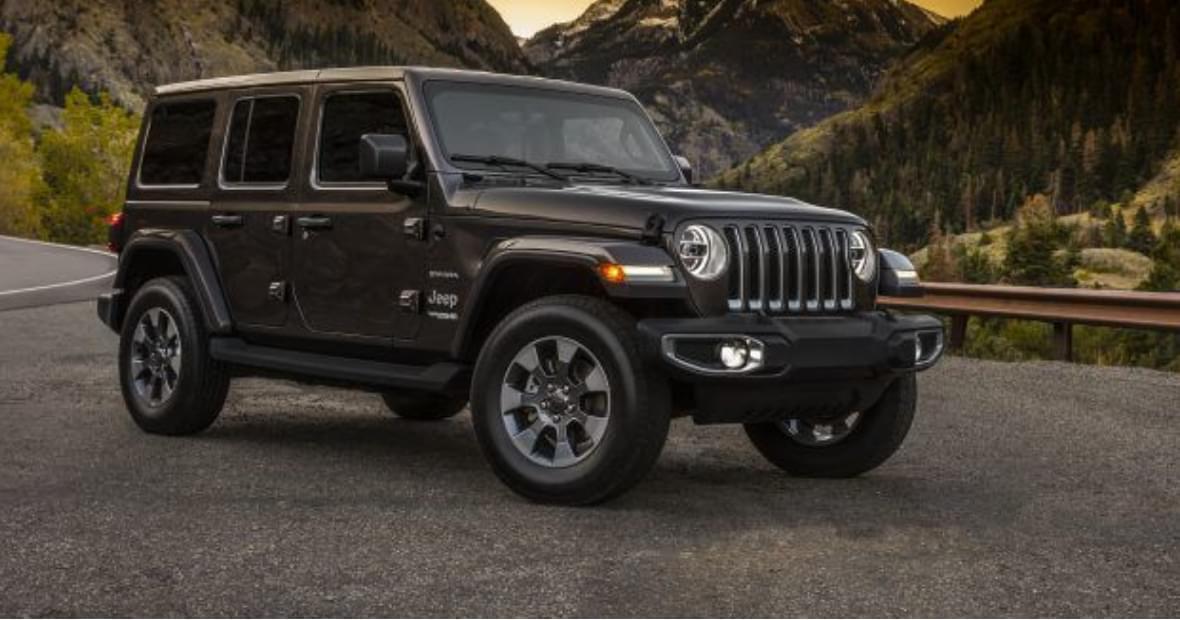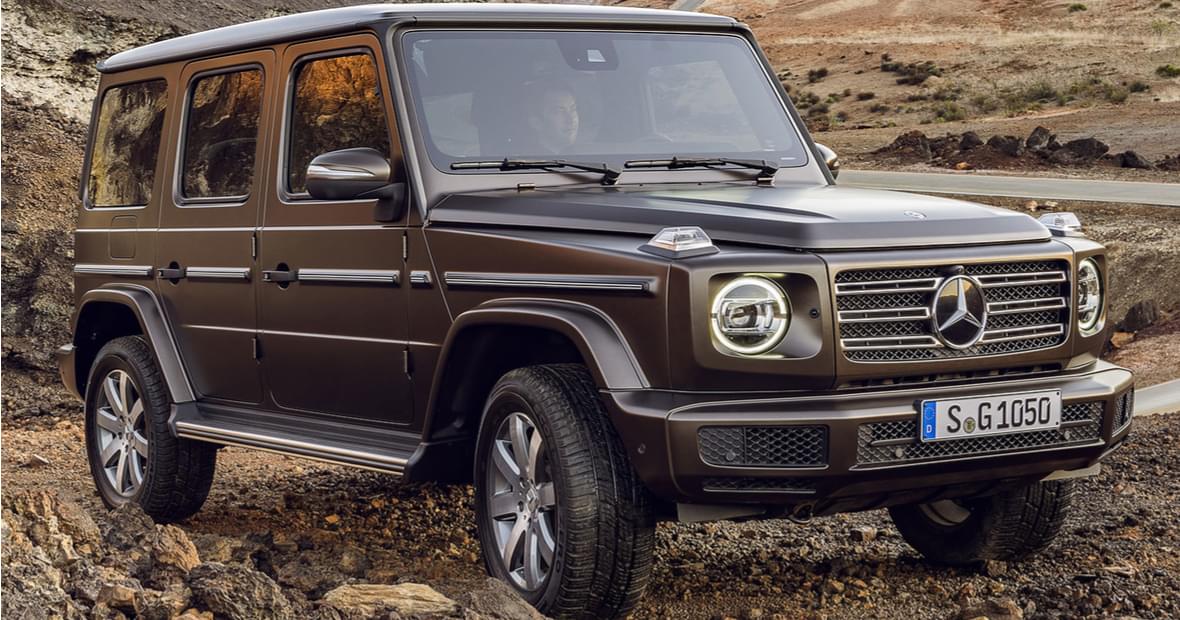Manufacturers have identified which colours are more successful in selling their vehicles over others. According to Eric Ibara, the director of residual value consulting at Kelley Blue Book “If you stick with the traditional whites and silvers and blacks, then you really can’t go wrong.”
While many may certainly consider these colours to be way over on the boring side, the fact remains that silver luxury cars sell, more easily and more frequently. This is a slice of market research that appears to be strongly adhered to by automobile manufacturers as a full third of all luxury vehicles are silver, while another 30 percent are identified as “diamond, crystal, snow, powder, cream” – basically just white.
It’s a case where people appear to be projecting their personality into the appearance of their car, even on the most subtlest of levels where they’re not really conscious of it. According to Cathy Bass, the senior designer for Bentley, selecting a car’s colour is a critical matter for manufacturers. Buyers make decisions based on instinct and colour preferences address those instincts. Instinctual colour preferences basically follows common mental associations. That is, big and bold colours such as red and yellow are associated with young people and aggressive drivers. Dramatic colours such as green and teal appeal to the “performance aesthetics” while neutral and faint colours are thought of as calm and luxurious.
The other important factor is that the appearance of the car has to appeal largely to women. While most luxury cars are indeed purchased by men, most of those men are buying their cars as a duo. They will reserve the decision on the engine and performance for themselves, but will most likely leave decisions regarding the interior and exterior styling of the car on his wife or girlfriend.
Boiling things down to their basics, the conclusion of the Kelley Blue Book study was that the choice of colour can affect the residual value of your car by hundreds, if not thousands of dollars.
“Put simply, today's popular color will probably make your vehicle more popular to a buyer five years from now,” it says. While “less popular colors depreciate your vehicle's value.”





